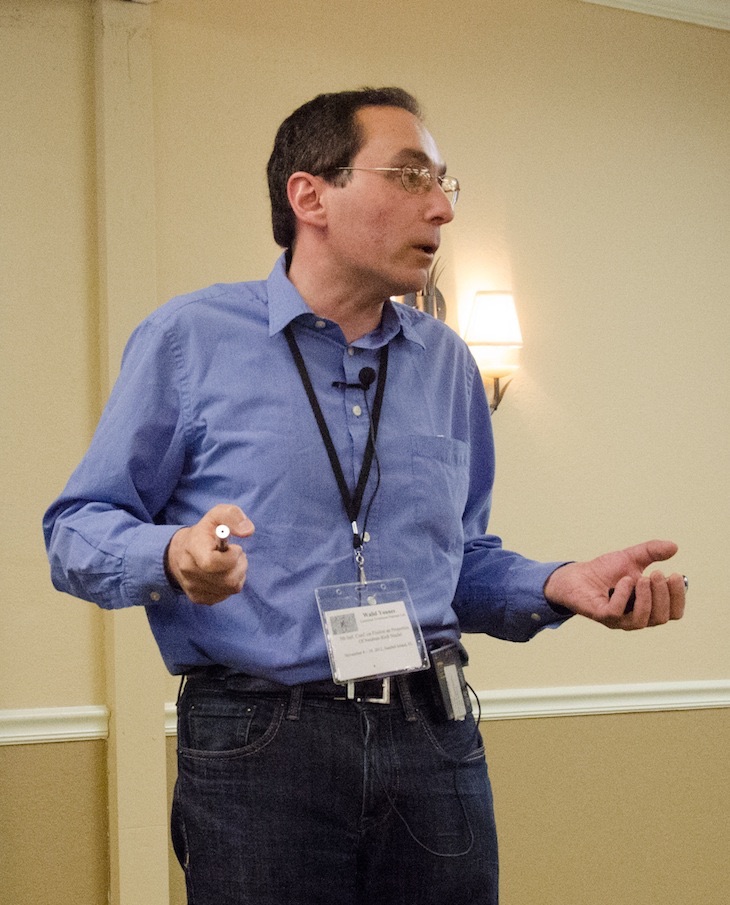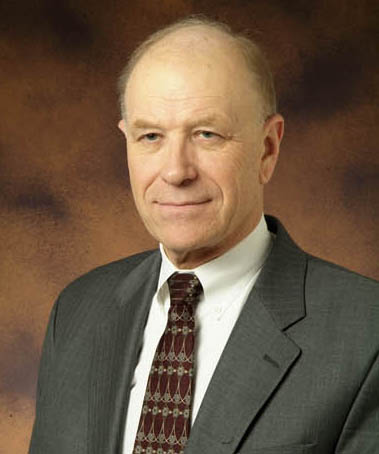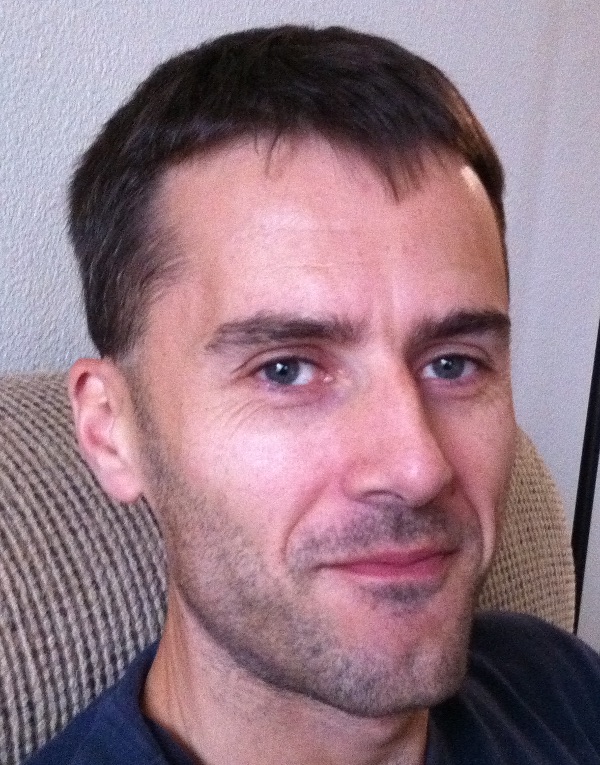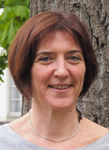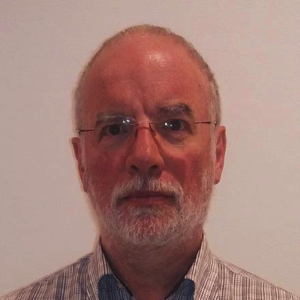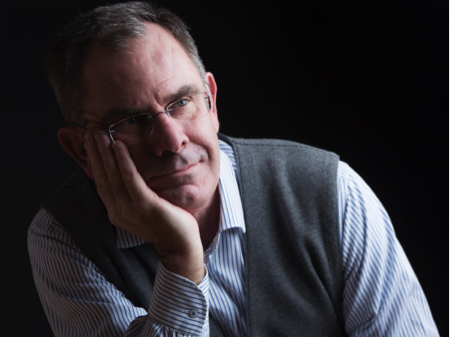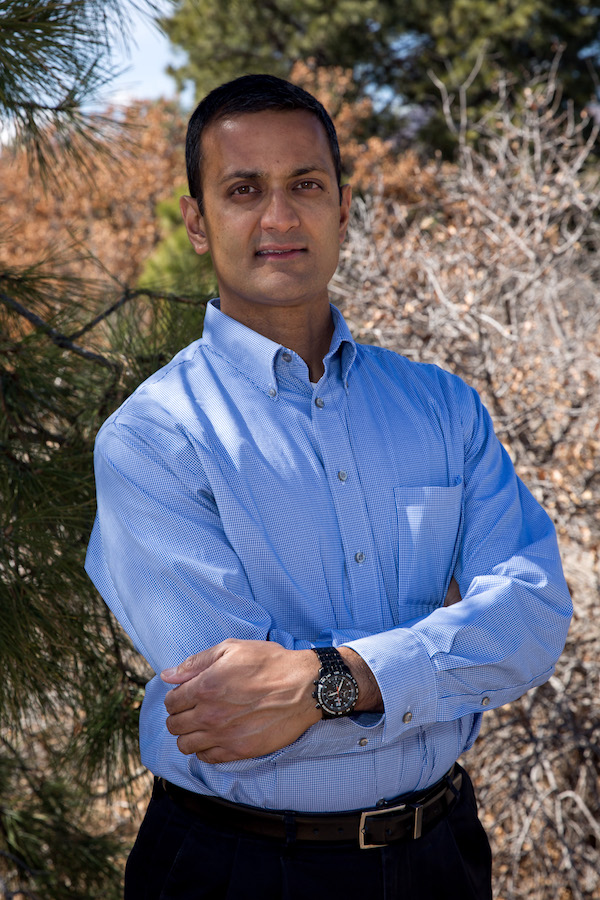School
- Fission Cross Section Experiments, Paul Lisowski, LANL, USA
- Fission Cross Section Theory, Walid Younes, LLNL, USA
- Theory of Fission Product Yields, Nicolas Schunck, LLNL, USA
- Experimental Description of Fission Fragment Yields, Fanny Farget, CNRS, France
- Theory of Neutron and Gamma Emission in Fission, Olivier Serot, CEA Cadarache, France
- Experimental Measurements of Prompt Fission Neutrons and Gamma Rays, Franz-Josef Hambsch, JRC Geel, Belgium, [notes]
- Fission Applications: Reactor Physics, Jean-Christophe Sublet, IAEA, Vienna, Austria
- Nuclear Safeguards, Monte Carlo Method, and MCNP - a Brief Review of our 70-Year History, Avneet Sood, LANL
The school part of FIESTA 2017 is organized as follows: each day (except day 3) will be devoted to particular topics, and 2 lectures of 1.5h each will be delivered each morning. The chosen topics and lecturers are listed below. The lectures will be followed in the afternoon by practical sessions, using Jupyter notebooks as support. More information regarding the lectures and practical sessions will be provided later on.
We will have a reception and registration on Sunday night (Sep. 17).
Topics and lecturers of FIESTA 2017 are as follows:
- Monday, Sep. 18: Fission Cross Sections
- School lecturers: Walid Younes (LLNL) and Paul W. Lisowski (LANL)
- Practical session instructor: Fredrik Tovesson (LANL)
- Tuesday, Sep. 19: Fission Fragment Yields
- School lecturers: Nicolas Schunck (LLNL) and Fanny Farget (CNRS)
- Practical session instructor: Matthew E. Gooden (LANL)
- Wednesday, Sep. 20: Visit to LANSCE experimental facilities
fissionTPC; SPIDER; DANCE+NEUANCE; Chi-Nu - Thursday, Sep. 21: Prompt Fission Neutrons and Gamma Rays
- School lecturers: Olivier Serot (CEA) and Franz-Josef Hambsch (JRC-EU)
- Practical session instructor: Ramona Vogt (LLNL/UC Davis)
- Friday, Sep. 22: Applications
- School lecturers: Jean-Christophe Sublet (IAEA) and Avneet Sood (LANL)
- Practical session instructors: Cameron Bates (LANL) and Madison Andrews (LANL)
Wednesday, Sep. 20, will be dedicated to a visit of the Los Alamos Neutron Science Center experimental facilities dedicated to nuclear fission research. This visit will include a tour of:
- the Chi-Nu detector arrays dedicated to accurately measure prompt fission neutron spectra;
- the fission Time Projection Chamber (fissionTPC) used to accurately measure neutron-induced fission cross sections and fission fragment angular distributions;
- the SPIDER spectrometer developed to perform 2E-2v measurements of fission fragment yields in mass and kinetic energy;
- and finally, the DANCE+NEUANCE setup used recently to measure prompt fission neutrons and gamma rays in coincidence.
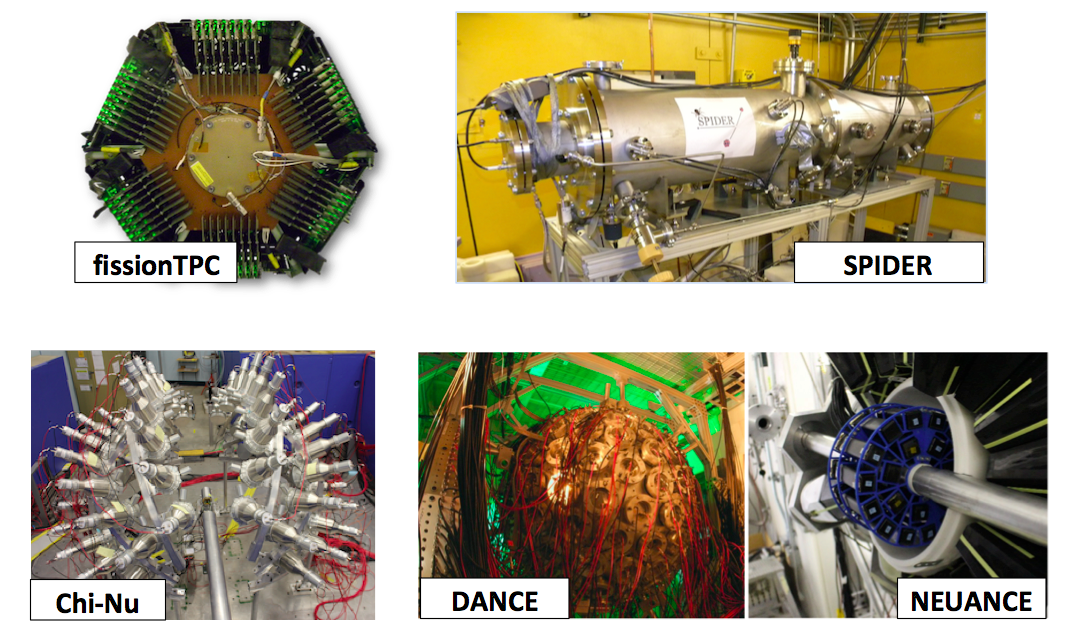
Dr. Walid YOUNES
Theory and Modeling of Nuclear Fission Cross Sections
Nuclear fission cross sections are of crucial importance to nuclear astrophysics, nuclear engineering, and National security applications. The first theory of fission cross sections was adapted from quantum chemistry to the fission process in 1939 by Niels Bohr and John Wheeler. Modern versions of the ``transition-state theory'' introduced by Bohr and Wheeler have become the de facto standard used in virtually all reaction codes such as TALYS, EMPIRE, GNASH, STAPRE, etc. In these lectures I will review reaction theory covering the descriptions of scattering, resonances, and compound-nucleus formation, leading up to transition-state theory and its application to fission cross sections. I will also discuss research directions in obtaining fission cross sections from more microscopic approaches based on protons, neutrons, and their effective interactions.
Dr. Paul W. LISOWSKI
Fission Cross Section Experiments
The complexity of the fission process leads to a very large number of observables that must be measured in order to improve our understanding of the underlying physics and to contribute to nuclear data needed in a wide array of applied programs. Measurements range from relatively straight-forward neutron cross sections to neutron and gamma ray multiplicities, fission fragment yield curves and beyond. This lecture will focus on fission cross section and fission cross section ratio experiments beginning with a historical perspective showing how such measurements have evolved from the first work to the present. It will briefly review experimental facilities and describe techniques illustrated by typical results. Some less-common methods of determining fission cross section data will be presented. The lecture will conclude with an overview of the state-of-the-art experimental facility that will be visited at LANSCE - the fission cross section Time Projection Chamber.
Dr. Nicolas SCHUNCK
Theoretical Investigations of Fission Fragment Yields
Fission product yields (FPY) quantify the probability of observing any given pair of fragments after a fission event. Together with the characteristics of the fission fragments themselves, they are essential inputs to simulations of the fission spectrum. From a theoretical perspective, fission product yields can be computed by simulating the time evolution of the fissioning nucleus from a compact shape to a configuration with two separated fragments. This is often done by assuming that fission is a slow process compared to intrinsic excitations of the nucleus. The consequence of this hypothesis of adiabaticity is that the dynamics of fission can be decoupled from the calculation of the static deformation properties of the fissioning nucleus. Different models are used to describe either the static properties or the time evolution itself. This lecture will present the two most commonly used combinations: the macroscopic-microscopic approach to nuclear structure coupled with stochastic Langevin dynamics and the nuclear density functional theory coupled with the time-dependent generator coordinate method. I will explain how FPY can be extracted from these theories. Overall the predictive power of the adiabatic theory remains of the order of 20-30% on prompt FPY. More recently, several groups have reported the first realistic, non-adiabatic real-time simulations of single fission events. While not yet applicable to calculations of FPY, these approaches are promising since they would include dissipation effects and give a more accurate representation of the scission mechanism, and I will briefly introduce them.
Dr. Fanny FARGET
Experimental Description of Fission Fragment Yields
Fission fragment yields are an important observable of the process, as they are the result of a multi-dimensional elongation of the nucleus. They are also the witnesses of structural effects (shells, pairing) on a macroscopic process. Their theoretical description is therefore a challenge, as a good reproduction of the yields is witness for a good understanding and prediction of the different nuclear states that lay in between the formation of the compound nucleus and the scission point, as well as the dynamics at which they are reached. However, if theoretical description of fission fragment yields is able to reproduce the gross properties of fission yields, fine predictions remain much too often difficult to match the observations. Beyond the computational and theoretical difficulties, this frustrating situation is caused by the difficulties to extract complete information on the scission point, the fragment-separation point, as well as on the exact sharing on protons and neutrons. Because of this inexactness, theoretical assumptions have difficulties to get validated and improved, despite 70 years of intense research on the topic. In this lecture, we will describe the principle of the fission-fragment yields detection, the main results that have been and are currently achieved. The experimental limitations to reach scission description and isotopic ratio of the fragments will be developed in terms of detection resolution and atomic-charge exchanges in the energy-loss process of fragments. The lecture will conclude on the opportunities brought about by fission studied at accelerator facilities.
Dr. Olivier SEROT
Prompt Fission Neutrons and Gamma Rays (Theory/Modeling)
By following the time dependence of neutron emission during the fission process, three different types of neutron emission can be considered: the ‘pre-fission neutrons’ which are emitted prior to the fission in multiple-chance fission, the ‘scission neutrons’ (their existence is still controverted into the physicist community) which could be emitted when the neck rupture of the fissioning nucleus occurs (scission point) and lastly the ‘prompt neutrons’ which correspond to neutrons evaporated by the excited fission fragments. For each type of emission, the mechanism will be described. Since ‘prompt neutrons’ constitute by far the main source of the neutron emission, several approaches used for describing their energy spectra and multiplicities will be detailed as well as their correlations with the fission fragment characteristics (mass, kinetic energy, …). During the de-excitation process of the fission fragments, prompt gammas can also be emitted (sometimes in competition with prompt neutrons). Their main properties (energy spectra, multiplicities and angular distributions) will be also discussed. Following the prompt particles emission, fission products are in general unstable and undergo beta-decay. For some of them (called precursors), neutrons and gammas are accompanying the beta-decay process and are referred as ‘delayed neutrons’ and ‘delayed gammas’. Due to the importance of these delayed particles for nuclear energy applications, their characteristics will be briefly mentioned.
Dr. Franz-Josef HAMBSCH
Prompt Fission Neutrons and Gamma Rays (Experiments)
Measuring prompt neutron and gamma-ray emission is a challenge in nuclear fission research. Concerning prompt neutrons not much progress has been made in terms of detector developments. Still nowadays, neutron detectors are mainly based on NE213 equivalent liquid scintillator material in combination with photomultipliers. Recent progress in neutron measurements has to be attributed to the implementation of digital data acquisition techniques and respective digital signal processing algorithms. In addition to measure correlations with fission fragments novel position sensitive charged-particle detectors were developed and applied in array-type detector systems like SCINTIA. Concerning prompt gamma-ray detection a lot of progress has been made in recent years in detector development. The availability of gamma-ray detectors based on cerium-doped lanthanide-halide crystals has given a boost to new investigations. Those detectors have much better timing properties, a better energy resolution and higher efficiency as compared to previously used NaI:Tl based detectors. Also here, the additional use of digital signal acquisition and processing techniques led to substantially improved results. During the lecture the fundamentals on how to measure prompt fission neutron and gamma ray spectra (PFNS, PFGS) will be highlighted, the difficulties mentioned and the progress demonstrated.
Dr. Jean-Christophe SUBLET
Application of Fission: Reactor Physics
The importance of fission cross-sections; energy dependence; prompt, delayed neutron multiplicities and spectra; fission products yields for typical reactor applications will be subject to scrutiny with emphasis on power reactor needs. Thermal, fast; pile or large power reactor core physics simulations based on nuclear fission, requirements in terms of neutron balances (production, disappearance and leakage) are rather specifics but also bounding. They have tremendous impacts on the power plants design, operability and safety aspects during their entire lifetime. Fissions processes, their significances, interpretation through simulations viewed from a reactor physics perspectives will be presented.
Dr. Avneet SOOD
MCNP -- a Review of our 40-Year History, Current Status and Upcoming Future
The Monte Carlo method for radiation particle transport has its origins at LANL dating back to the 1940’s. The creators of these methods were Drs. Stanislaw Ulam, John von Neumann, Robert Richtmyer, and Nicholas Metropolis. Monte Carlo methods for particle transport have been driving computational developments since the beginning of modern computers; this continues today. In the 1950’s and 1960’s, these new methods were organized into a series of special-purpose Monte Carlo codes, including MCS, MCN, MCP, and MCG. These codes were able to transport neutrons and photons for specialized LANL applications. In 1977, these separate codes were combined to create the first generalized Monte Carlo radiation particle transport code, MCNP. In 1983, MCNP3 was released for public distribution to the Radiation Safety Information Computational Center (RSICC). The upcoming release of MCNP (version 6.2) is expected in June 2017. Approximately 20,000 copies of MCNP have been distributed to users in government institutions, academia, and private industries worldwide. This talk will review our history, current status, and future directions.

